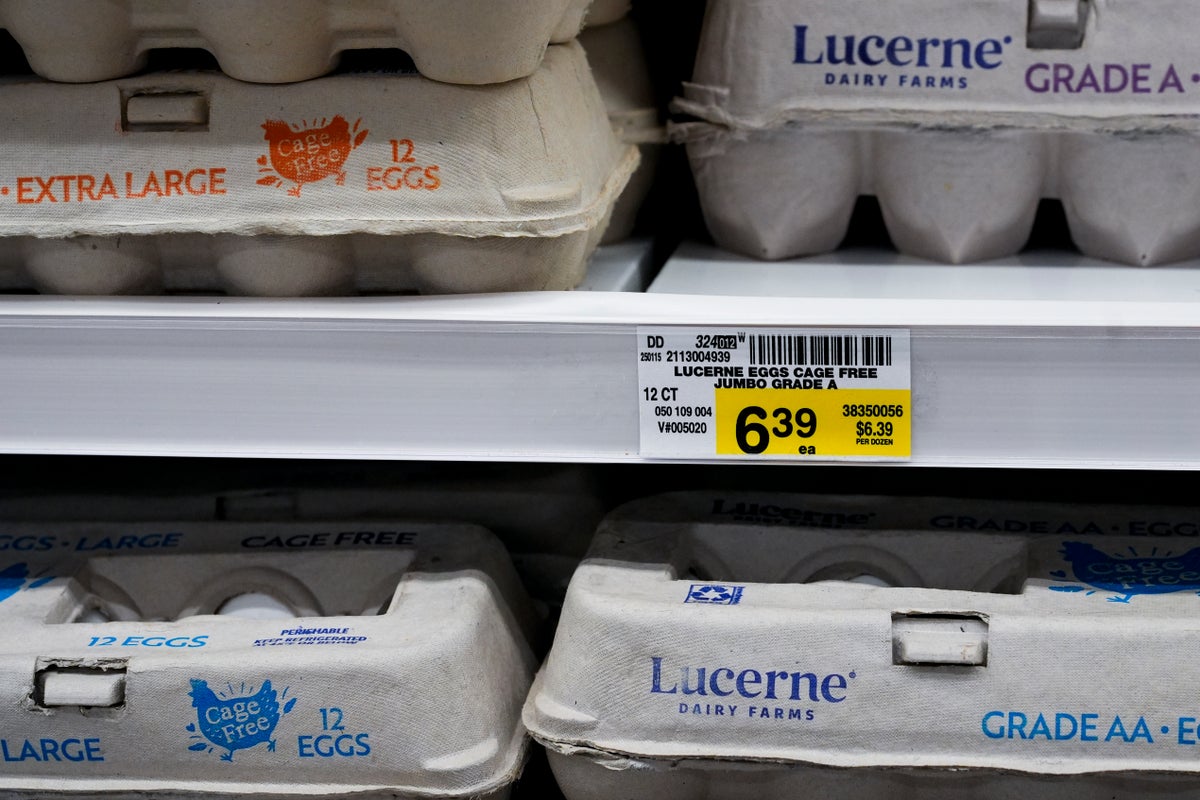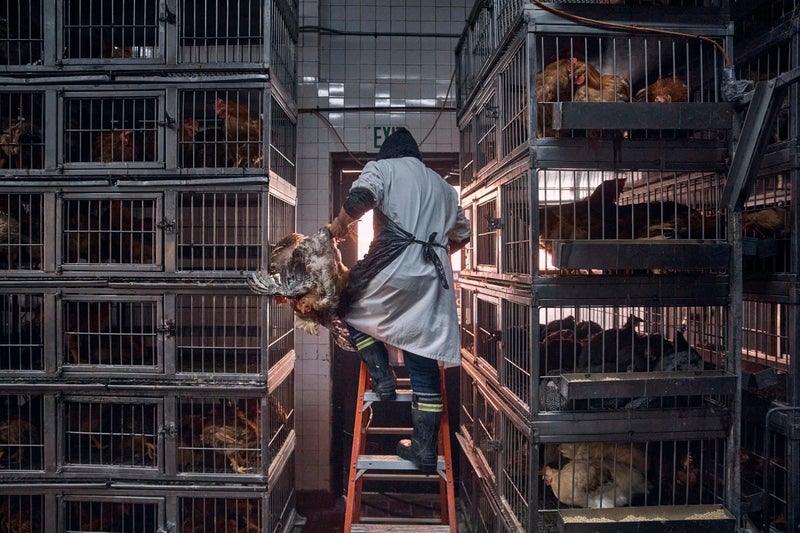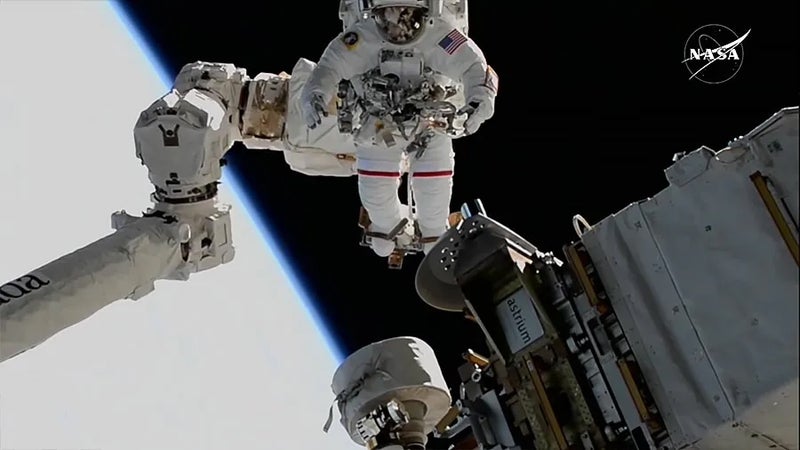Back when egg prices remained securely under $2 a dozen in 2021, Nevada joined several other states concerned about animal welfare in requiring cage-free eggs. Now four years later, a dozen eggs costs an average of nearly $5 in the U.S. because of the lingering bird flu, so Nevada passed a law the governor signed Thursday that will allow the state to suspend that law temporarily in hopes of getting residents some relief at the checkout counter.
But it is not quite that simple, which is why the other six states with the same laws are so far reticent to follow suit. By relaxing the rule, Nevada might get access to additional eggs, but the supply of all eggs remains tight because nearly 159 million birds have been slaughtered since the bird flu outbreak began in 2022 to help limit virus spread. The virus prompts the slaughter of entire flocks anytime it is found.
It is not clear dropping cage-free laws will have a significant effect on egg prices that have peaked at an average of $4.95 per dozen because the farmers who collectively invested several billion dollars in making the switch can’t easily go back to raising chickens packed together in massive barns that they already spent the money to convert. Even if all the cage-free laws went away, big corporations like McDonald’s and Sodexo remain committed to buying only those kind of eggs, ensuring strong demand for cage-free eggs.
University of Arkansas agricultural economist Jada Thompson said opening up Nevada to all kinds of eggs “could ease egg prices in Nevada very slightly,” but that it might make prices worse elsewhere because supplies are so tight. Nevada tries to counter high egg prices. But Nevada is going to give it a try even if California, Massachusetts, Washington, Oregon, Colorado and Michigan don't seem to be considering it. Arizona, Rhode Island and Utah also have cage-free laws on the books, but theirs won't take effect for at least a couple more years.
Democratic Assemblymember Howard Watts III, who raises chickens in his Nevada backyard, advocated for the 2021 bill to promote the “standard of humane treatment” of the animals. But the ongoing bird flu outbreak in the U.S. has caused egg prices to to hit a record high, and cage-free eggs are generally even more expensive. “One of the things that was not foreseen at that time was this major animal disease outbreak,” Watts testified Tuesday. “As a result, there was no regulatory flexibility to suspend those requirements in the event of a major supply chain disruption.”.
Republican Gov. Joe Lombardo approved the legislation Thursday. Nevada Department of Agriculture Director J.J. Goicoechea is expected to authorize the 120-day suspension of the cage-free egg requirements within a day, according to Goicoechea's spokesperson Ciara Ressel. “We anticipate 30 days before we can see an impact at the grocery stores,” Ressel said. This month’s jump in egg prices was the biggest since the nation’s last bird flu outbreak in 2015. The previous high was set two years ago when eggs were selling for $4.82 per dozen on average.
The average prices mask just how bad it is in some places. Some Californians these days are shelling out $12.99 for a dozen, or more than a buck an egg. Some New York shops even started selling bundles of three eggs to help people who can't afford a full dozen. Nevada resident Nancy Wong said she has been “outraged” by egg prices in the state. “We have gone to the store and eggs have been either rationed or completely out,” she said.
A minority of eggs are produced on cage-free farms. The concern with the cage-free requirements is that only about 121 million of the 304 million chickens laying eggs nationwide are raised on cage-free farms, so the supply is limited. Many of the eggs those hens produce are promised to restaurant chains like McDonald's and Panera, food service giants like Sodexo and Aramark and grocers under long-term contracts that help keep prices down. But even when they do have to pay a premium, grocers sometimes lose money on eggs by selling them cheaply to try to get shoppers in the door.
The number of cage-free chickens has steadily increased in recent years because of the laws and the pressure from the companies buying eggs, increasing exponentially from just 38 million at the start of 2017. But the United Egg Producers trade group has estimated it would take at least 226 million cage-free hens to meet all the demand for those eggs, and more customers are clamoring for them, so the supply is tight.
The total flock of chickens nationwide used to number above 330 million before the bird flu outbreak began. Even as more egg farmers were converting to cage-free setups over the past decade, prices stayed between $1.40 and $2 per dozen most of the time with only the normal seasonal price spikes around Easter and Thanksgiving until this current bird flu outbreak began in early 2022. If bird flu outbreaks happen to hit cage-free farms hard, there are fewer eggs out there that can replace the lost ones. For example, out of the nearly 47 million birds slaughtered just since the start of December, more than 3 million of them were on five cage-free farms in California.




.jpeg?auto=webp&width=800)


























